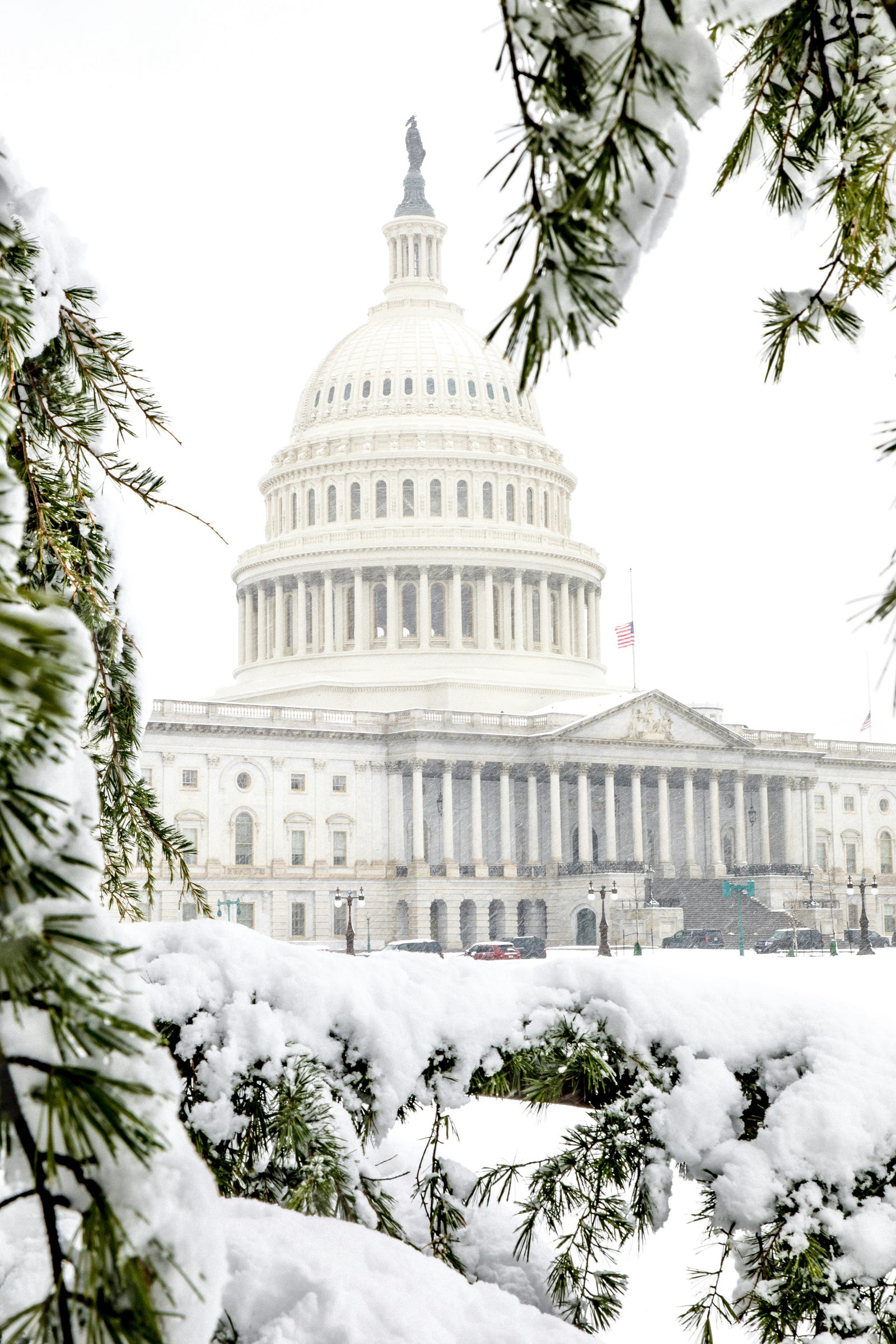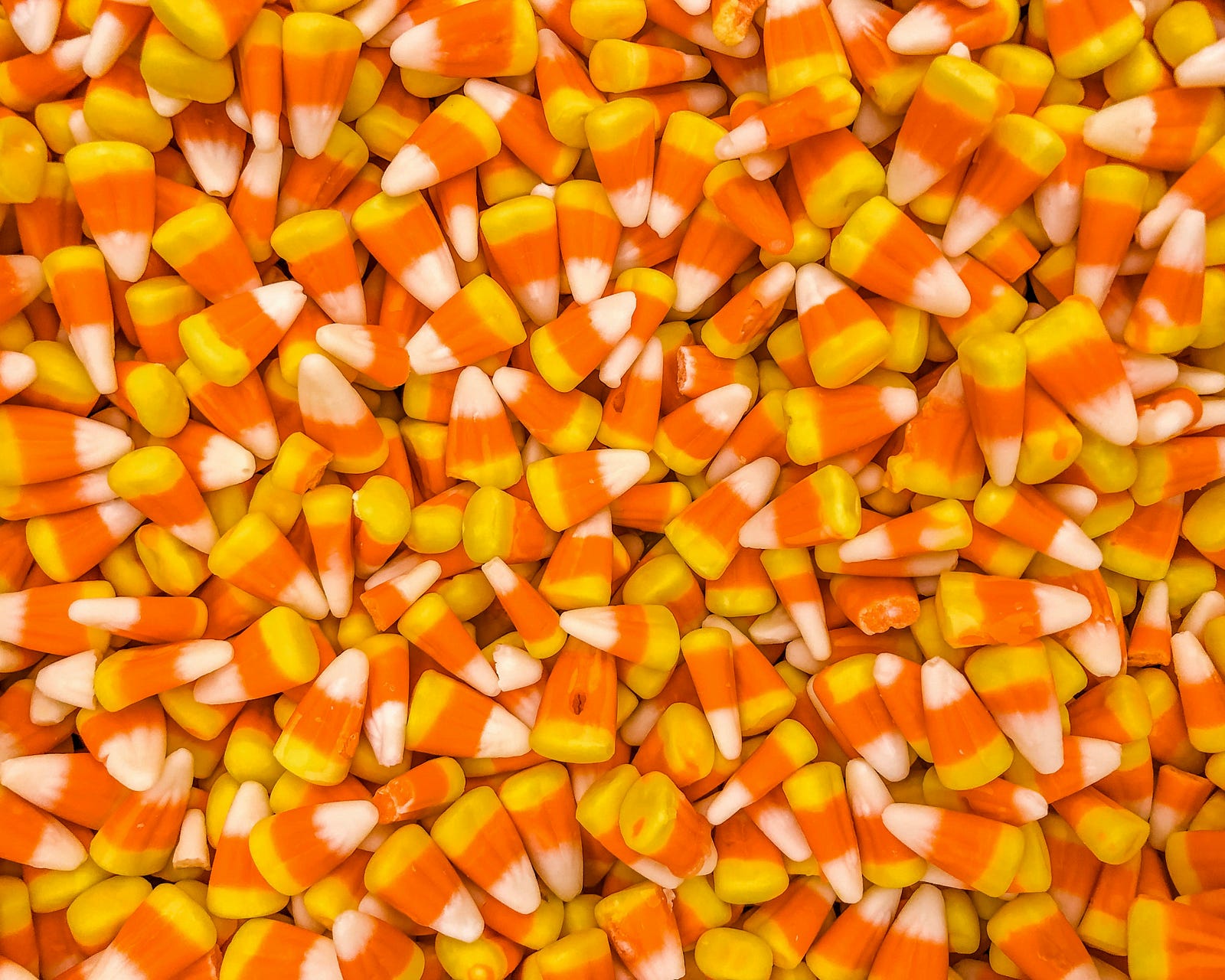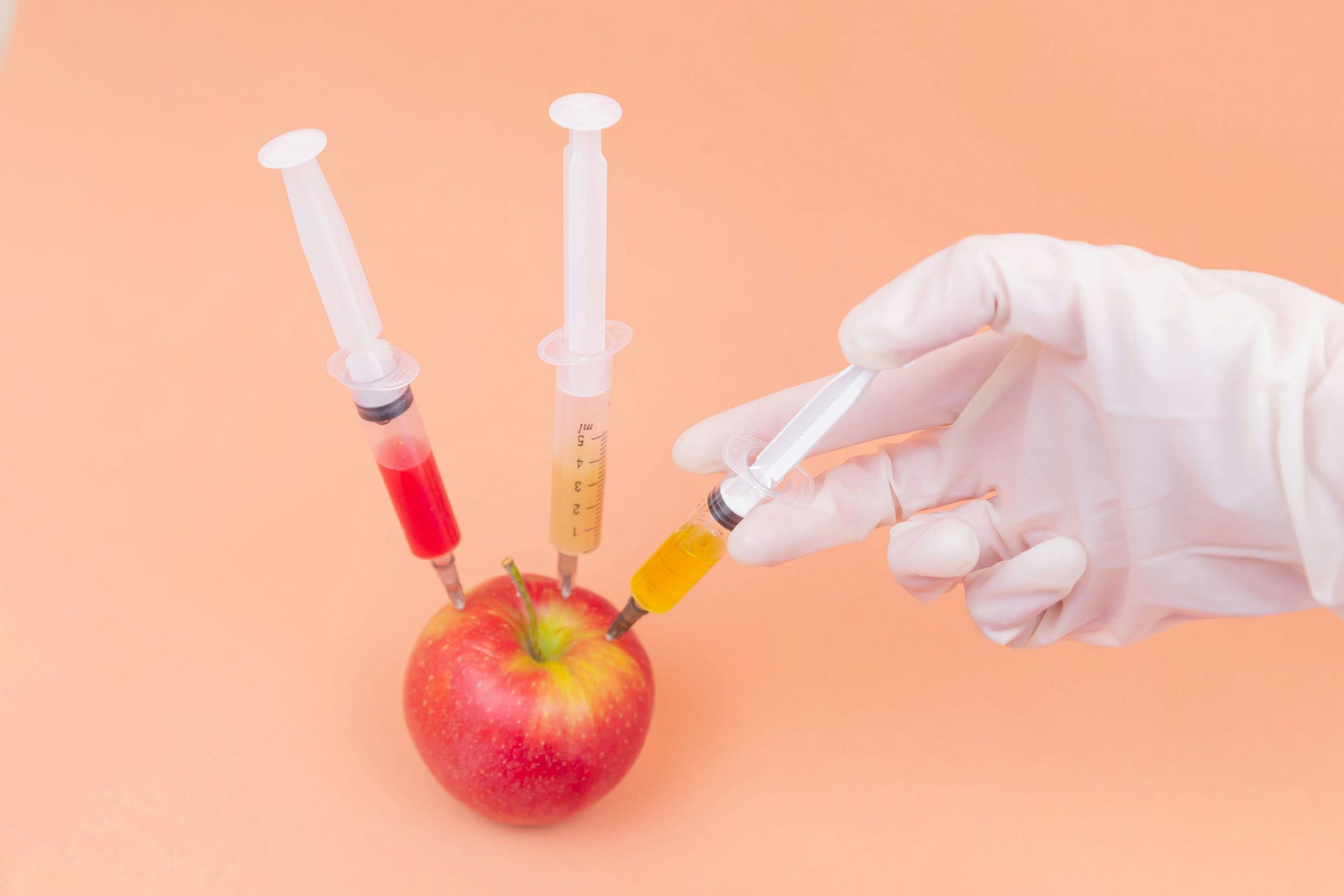Are Unsafe Ingredients Sneaking into Your Food?
I am very interested in the role processed foods play in the bad health outcomes of many Americans.
So, I am not surprised that experts writing in the American Journal of Public Health observe this:
The U.S. Food and Drug Administration’s “hands-off approach” to food additives, including those found in ultra-processed foods and energy drinks, may allow unsafe ingredients to enter the nation’s food supply.

Has the government failed to protect us from food additives such as brominated vegetable oil and red dye No. 3?
Today, I want to share a recent editorial with you.
I often wondered how so many of our foods can be ultra-processed or have additives that I don’t see used in Japan or Europe.
Context – Are Unsafe Ingredients Sneaking into Your Food?
I should begin by explaining why I am unhappy about the current state of regulation in the United States.
For example, a diet rich in processed red meat is associated with a higher risk of dementia.
A four-decade study of more than 130,000 adults examined the link between diet and cognition showed the link.
And then there is this disturbing title from the Center for Science in the Public Interest:
“FDA says it [the food color additive Red 3] causes cancer. Yet it’s in hundreds of candies.”

Red №3, Candy Corn, and More – Are Unsafe Ingredients Sneaking into Your Food?
Candy corn. SweeTarts. Nerds. Peeps. And more.
All have Red 3.
To make junk food more attractive.
It’s a cosmetic issue. For junk food.
My heart rate just rose a bit.
Generally Recognized As Safe
The U.S. Food and Drug Administration uses the designation “Generally Recognized as Safe” to label ingredients that outside experts widely consider safe for food use.
GRAS ingredients don’t need FDA approval before being used.

Recently, reviewers discovered this:
“Over the years, food companies began using the rule as a “loophole” to add new substances — including natural sweeteners, preservatives, and ingredients that enhance the texture of foods — that the agency had not fully vetted.”
Some companies have also used the rule to justify adding higher levels of caffeine to their products.
Food manufacturers can request an FDA review of new ingredients before they add them to products (and they sometimes do), but they are not required to do so.
System Abuse?
Regulators originally intended the rule to simplify the use of common ingredients such as vinegar and salt by avoiding a lengthy approval process.
Alas, the new study shows that over the years,
Food companies have exploited the rule as a “loophole,” introducing new, potentially unvetted substances into our food supply.

From 1990 to 2010, manufacturers labeled over 1,000 products as GRAS without notifying the FDA.
Xaq Frohlich, an associate professor of history at Auburn University, highlights that the FDA’s focus on food has been historically “minimal.”
Are Unsafe Ingredients Sneaking into Your Food? Why Doesn’t the FDA Focus on Food?
Because the agency relies on fees drug companies pay for pharmaceutical reviews, food regulation appears to be secondary.
The FDA addresses food contamination and recalls well, but nutritional labeling?
I think the FDA must do better.
The current system incentivizes drug reviews, putting food safety in potential danger.
Leaving the food industry to self-regulate?
Hmm.
One more thing:
Thank you for reading “Are Unsafe Ingredients Sneaking into Your Food?” Your thoughts? One more thing: Please consider signing up to follow this blog site. Thanks.




